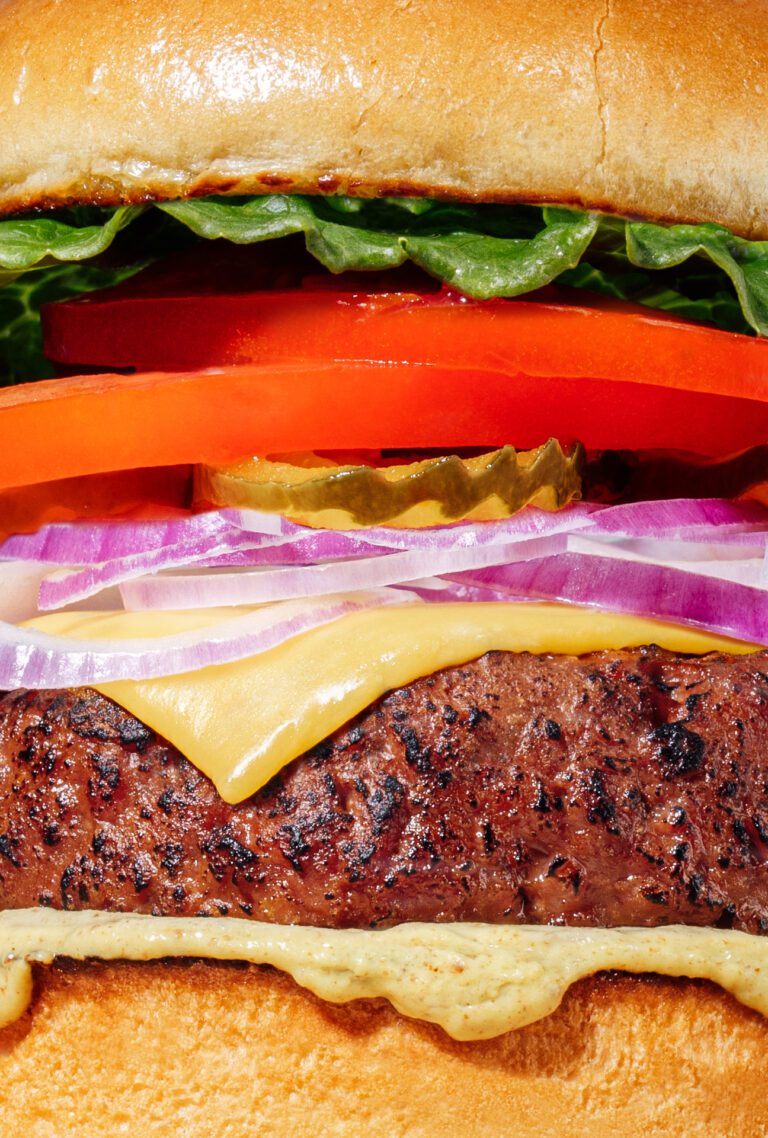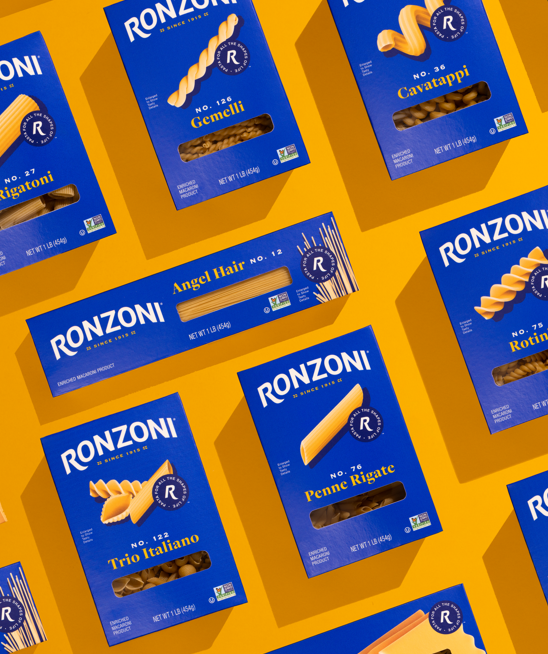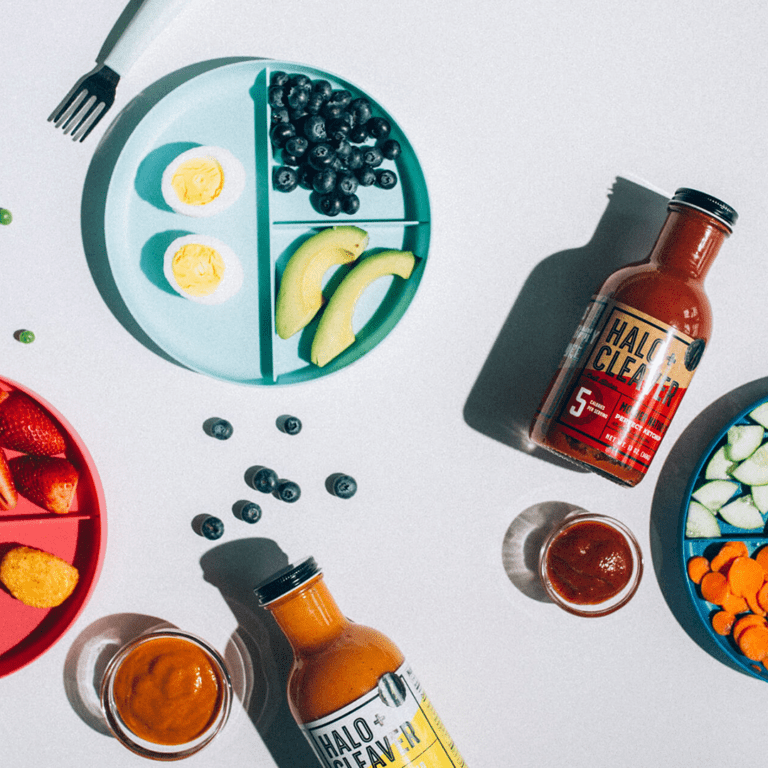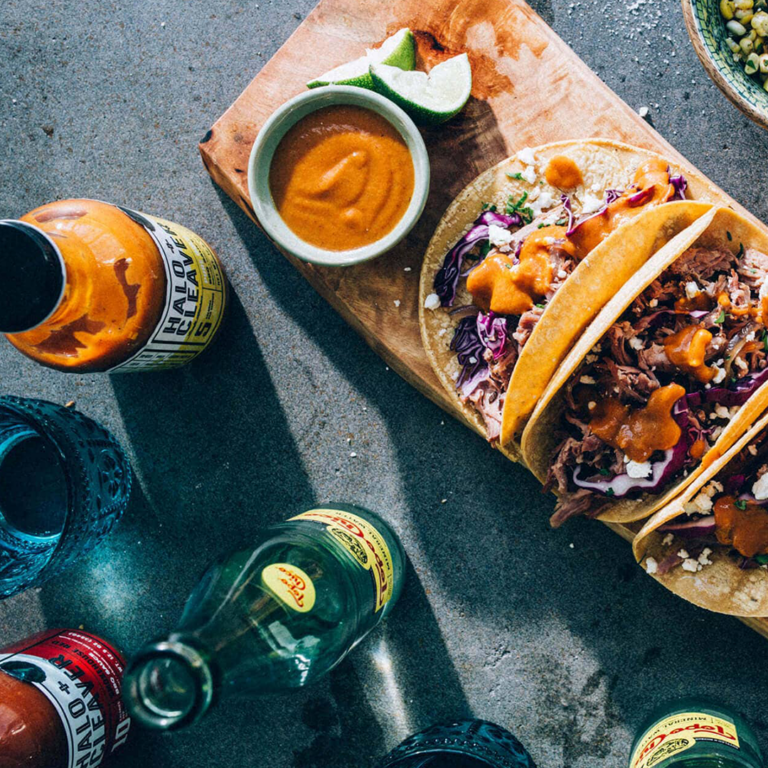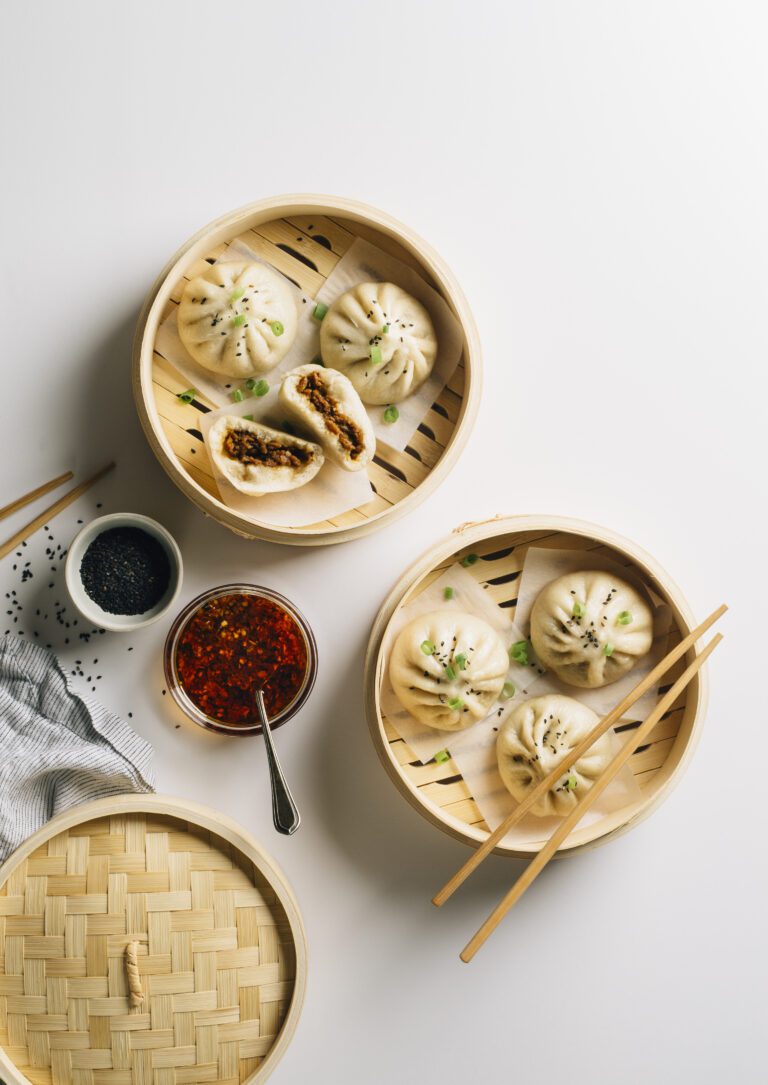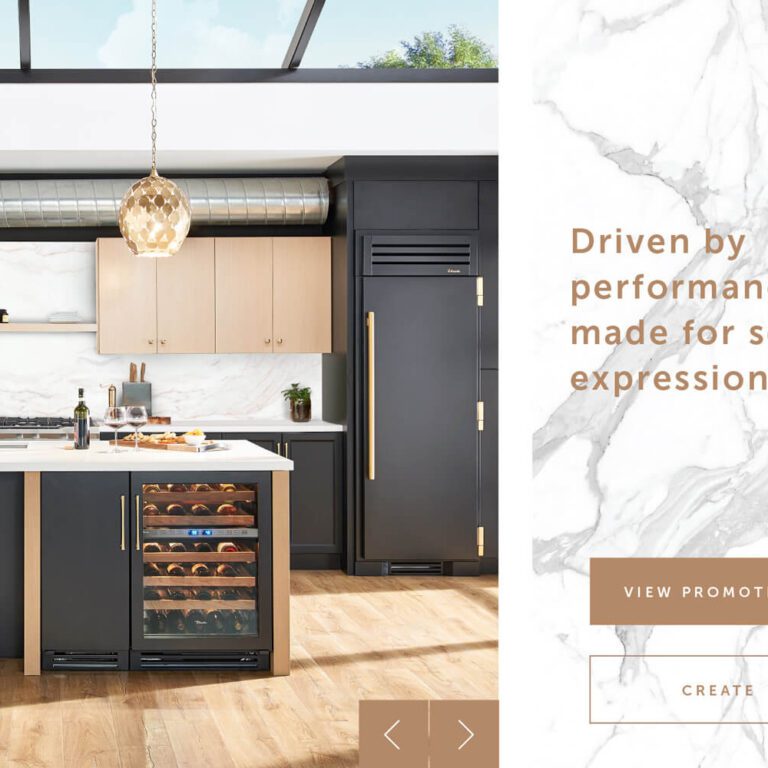Food branding that consumers crave. Award-winning, velocity-driving packaging design. Omnichannel food marketing.
We’re MarketPlace, the food marketing agency.
Explore our custom research services →

See our food packaging design →
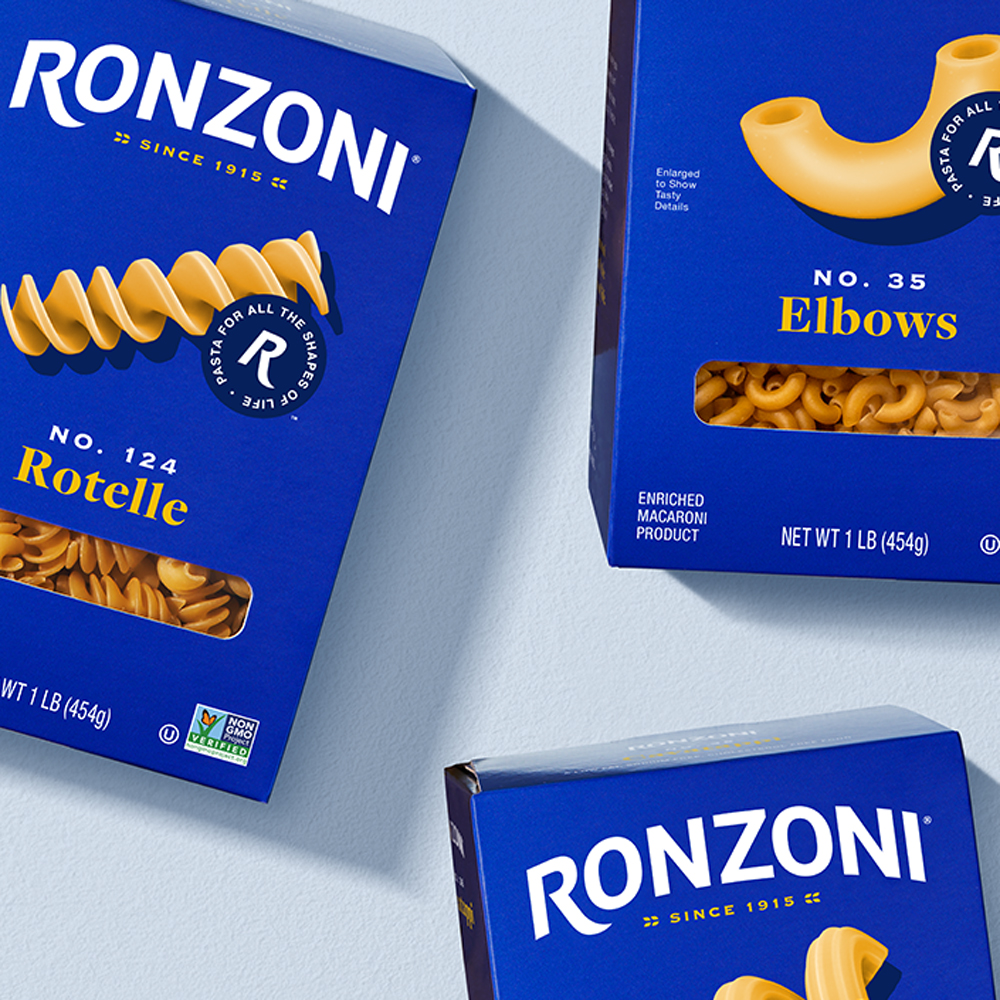
Ready to see results? Let’s talk.

Let’s talk.
Ready to discuss your business goals and objectives? Submit the form below and we’ll be in touch within 1-2 business days.
"*" indicates required fields
Our Food Branding and Marketing Work
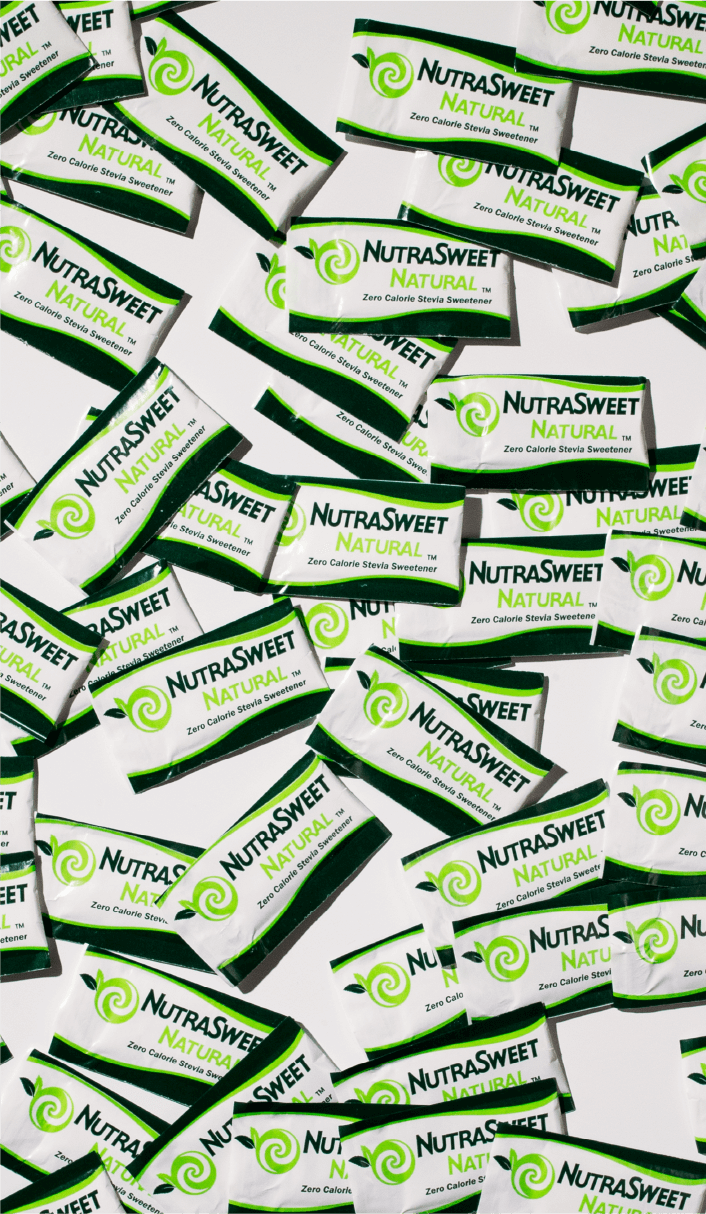
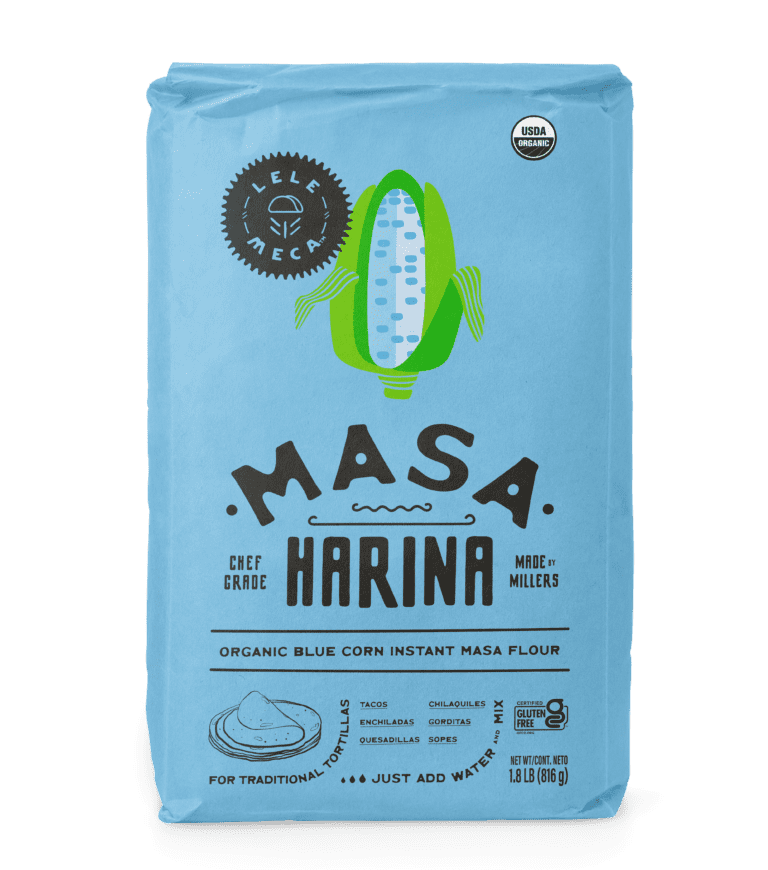
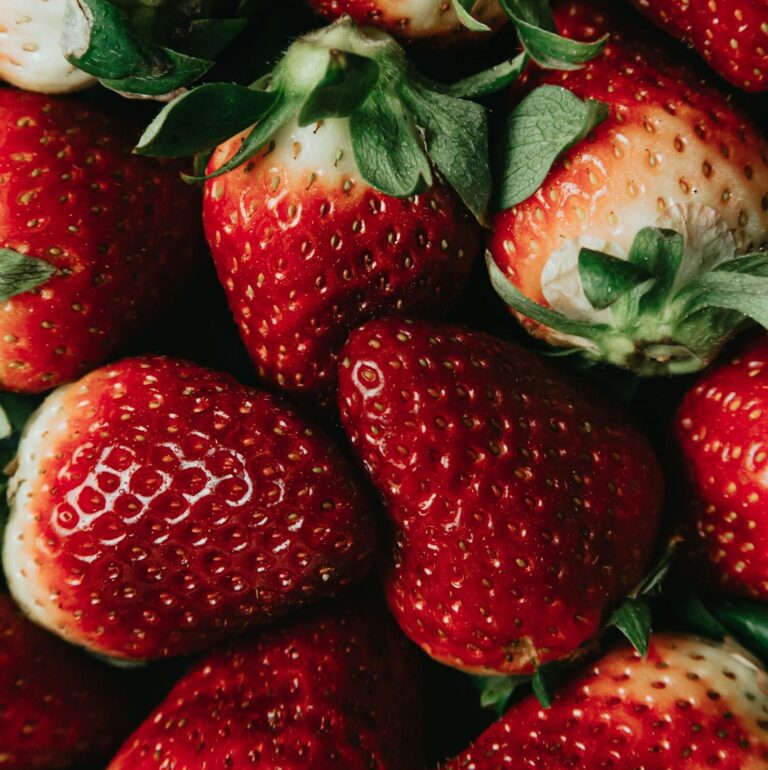
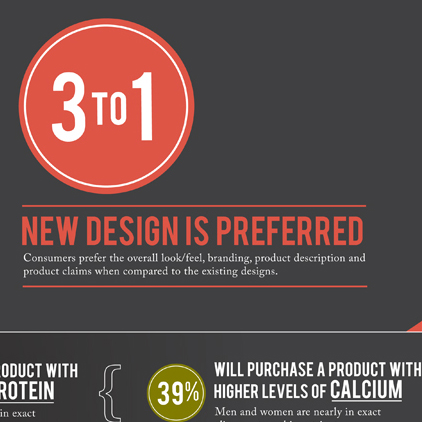
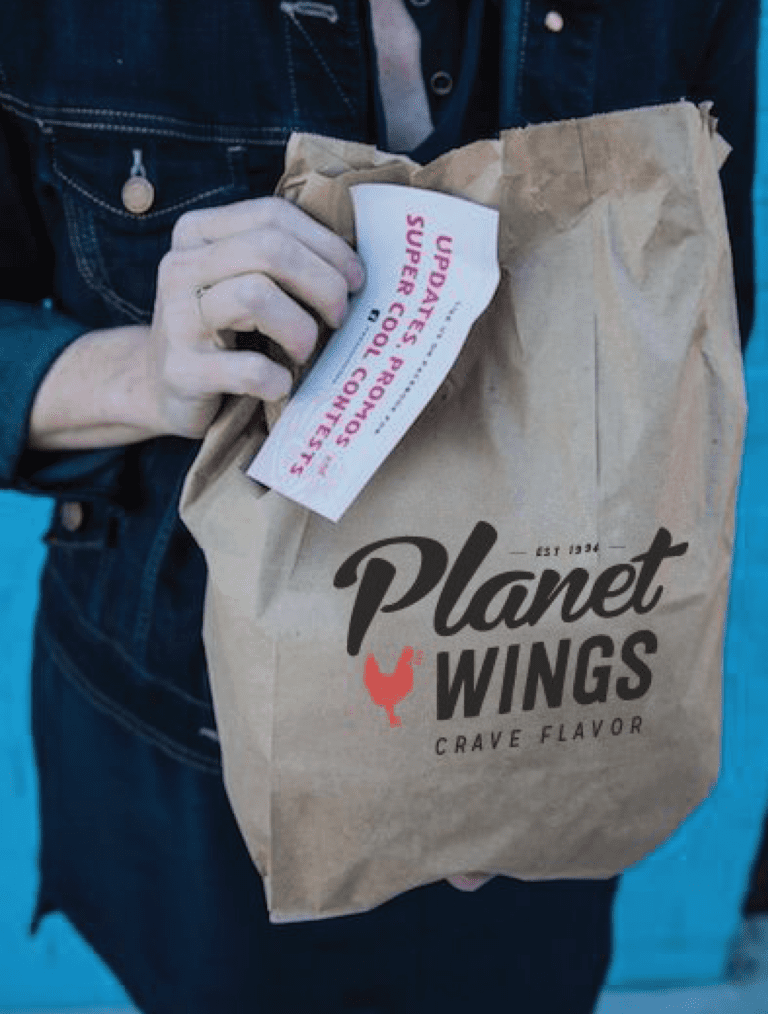
The Food Marketing Agency
Across categories and channels—FDM and foodservice, club and c-stores, D2C and Amazon—we’ve worked with food and beverage brands like Ronzoni pasta, NutraSweet Natural, Prairie Farms, and Landshire at critical points in their growth.
We’ve executed and activated full-scale rebrands from logo and packaging to website and multichannel marketing. We’ve worked with growth-minded startups to inform innovation and bring products to market. In all we do, we lead with strategy to deliver results.

Food Business Consulting
Those in the food and beverage space—and those seeking to enter it—turn to MarketPlace for strategic guidance. Founded in 2002 by food industry insiders, our food and beverage know-how is about more than focus. We invest in our expertise.
Each year, we conduct our own consumer research, looking forward to stay ahead of emerging food and beverage trends. We remain immersed in the food and beverage industry through trade shows like Natural Products Expo West, SupplySide, and IFT FIRST.
And for those branching into new categories, we support commercialization. Beyond our work in CPG branding and marketing, we’re networked throughout the supply chain, from B2B ingredients to contract manufacturers to packaging suppliers.
Drive Results
Whether we support new product commercialization or redefine an established brand to retain and gain ground in an evolving category, MarketPlace has the insights, connections, and capabilities to help your food or beverage brand grow.

Food Branding + Marketing Services
CPG Food Branding
Food + Beverage Brand Naming
Logo Design
CPG Messaging Strategy
Visual Identity Systems
FMCG Product Innovation Strategy
Go-to-Market Strategy
Business Growth Strategy
Executive Consulting
Fractional CMO
Food Trend Reports
Competitive Analysis
Voice of the Customer Research
Concept Testing
Brand Health Tracker
Beverage Packaging Design
Innovation Concepts
Packaging Protocepts
Unboxing Experiences
Food Photography
Video Production
Content Marketing
Line Review Presentations
Lead Nurturing
Digital Shelf Content
Amazon + D2C Ecommerce
Search Engine Optimization (SEO)
Media Buying
Trade Advertising
LinkedIn Advertising
B2B Email Marketing
Retail Buyer Sample Boxes
Booth Design
Event Production
Lead Generation
Event Promotion
Sales Tools
Social Media Marketing
LinkedIn Campaigns
Email Marketing
Ecommerce Marketing
OTT Advertising

